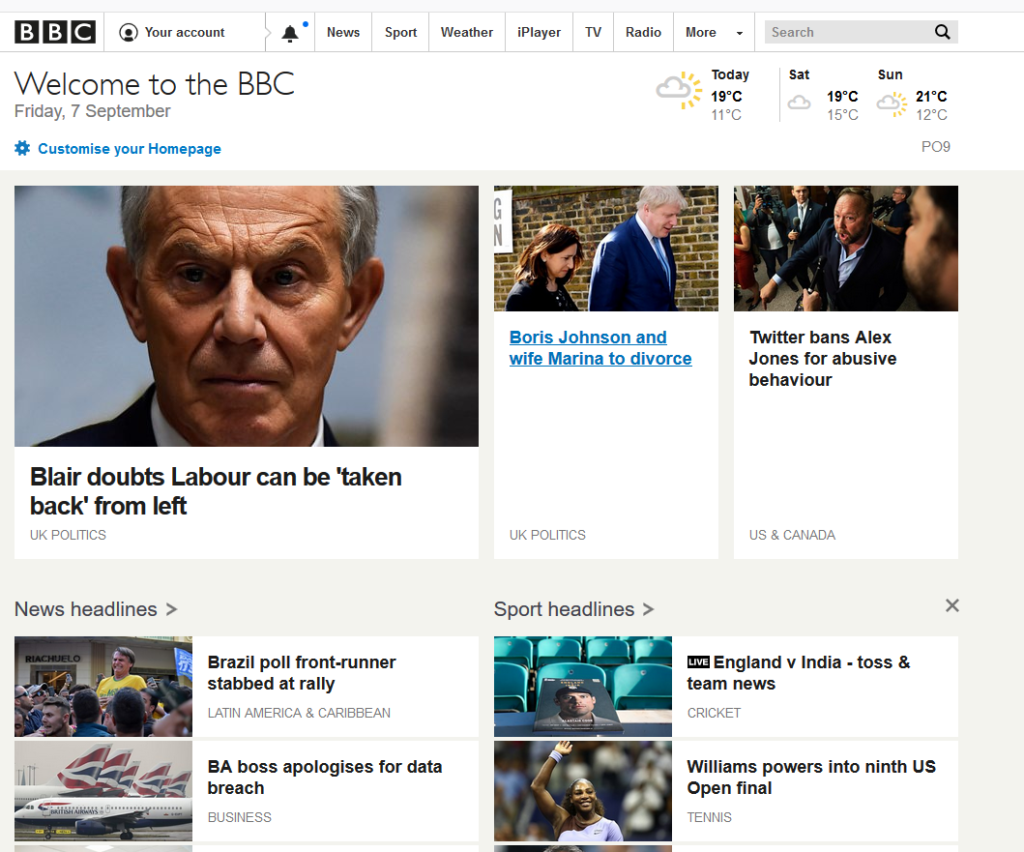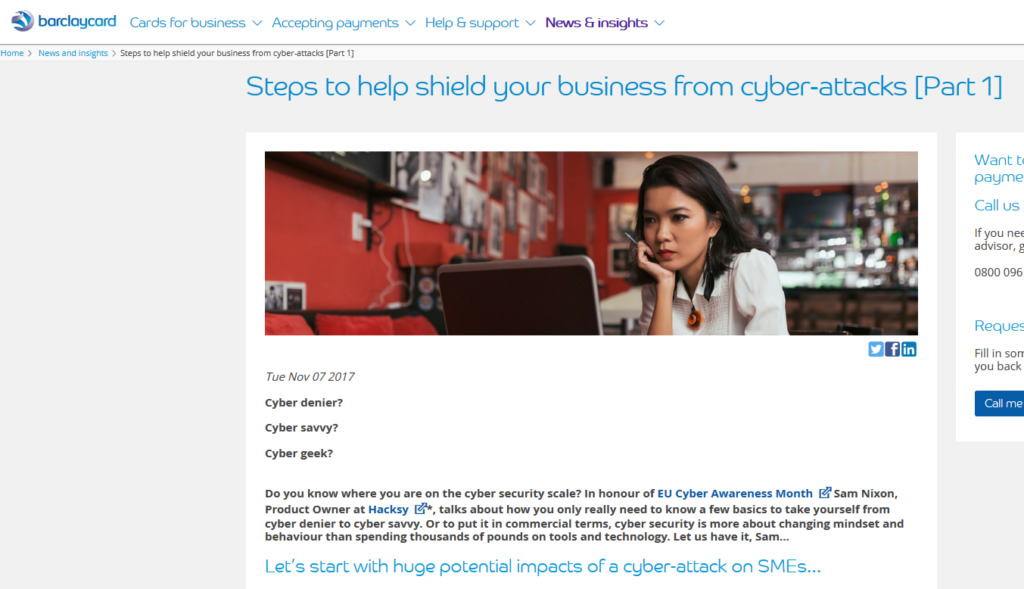 Next time you create website content with the aim of getting more customers, try employing these 7 tactics to ensure site visitors find you then take the action you want.
Next time you create website content with the aim of getting more customers, try employing these 7 tactics to ensure site visitors find you then take the action you want.
1. Use keywords that reflect search intent
Use keywords in your copy that match what people will be putting into their search box.
A very brief guide to search intent.
If people are at the research stage, looking to find an answer to a question or a solution to a problem, they will tend to use language in their search that reflects this. For example “what are the best walking shoes” or “how much do copywriters cost”.
Whereas people at the buying stage tend to use more specific keywords – longer tailed and containing precise requirements, such as “New Balance Women’s Fitness Walking Shoe” or “copywriter for an annual report in Hampshire” .
2. Make your headline enticing and relevant
Use powerful words to encourage people to click on your page but make sure you deliver the results they promise. Don’t oversell your content or mislead people about the value it provides or they’ll soon hit the back button.
See How to create the perfect headline for more tips
3. Structure your content and page layout
Make your copy flow and most importantly, don’t over complicate it. Bite size chunks are best – plenty of short paragraphs, bullet points and white space makes for a more digestible read than big swathes of text. Avoid jargon and keep it simple.
For an example of how to do it well, look at the BBC site – plenty of content but laid out clearly.

4. Talk to your audience in a style appropriate to them
Have you got a clear idea of who your target audience is?
Thinking like your customers is the first step to writing copy that appeals and talks directly to them. Let’s compare the more formal, technical style of writing on the website Wired to the friendly, gossipy style in Closer:


5. Add images
Provide relevant images that add context and illustrate your points. This makes your content more interesting and increases the chances that your readers will remember it. Images are more likely to get your potential readers to click on your article in the first place and to share it afterwards.
6. Show the value immediately
Don’t waste time with an introduction full of fluff. If your readers can’t figure out why they should care within the first paragraph or two, they won’t. They’ll bounce from the page. Put the best bits at the top: the salient fact or attention-grabbing point, what’s in it for them, and the main thrust of your argument.
This is an example from the Barclaycard blog – can you afford not to read on if you’re worried about cyber-attacks?

7. The final word
Use a strong, persuasive Call to Action that makes readers want to click to buy/share/call you – whatever you want them to do. It should feel like a natural progression in the context of the whole page.
Which reminds me … if you need help hand crafting a high-performing website page, why not bring in the pros? Give me a call at Editing Edge Copywriters.


